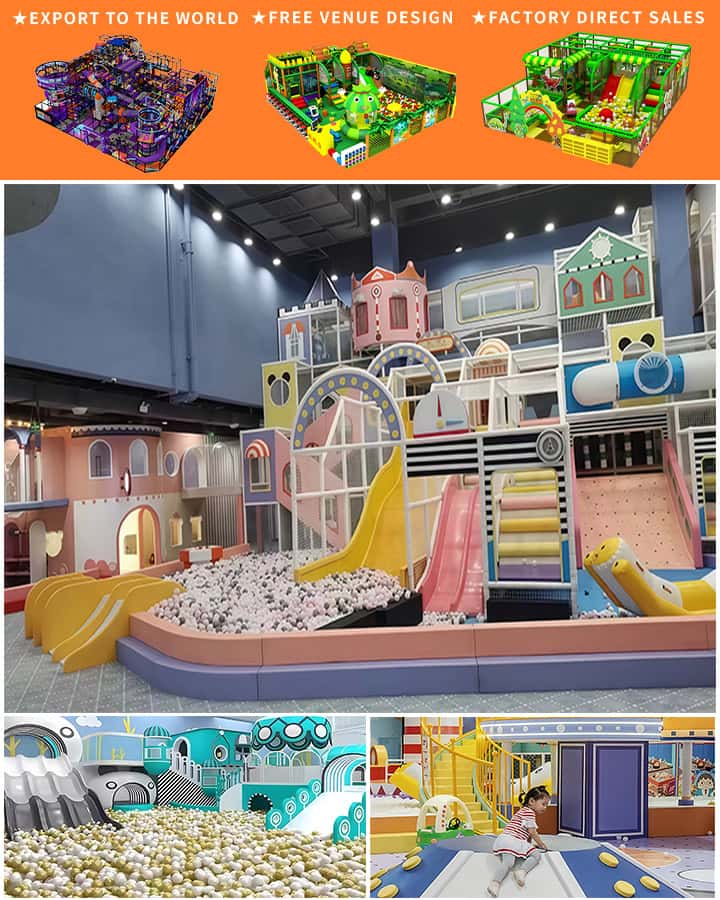Playgrounds are vibrant hubs of activity where children’s laughter and playful energy fill the air. Central to any playground are the various pieces of equipment that offer kids endless hours of entertainment, physical exercise, and opportunities for social interaction. From classic staples to modern innovations, playground equipment comes in a wide variety of names and designs, each serving a unique purpose in fostering physical development and creativity. Here’s a closer look at some popular playground equipment names and their significance.
1. Swing Sets
Among the most iconic pieces of playground equipment, swing sets have delighted children for generations. Swings come in several varieties, including traditional belt swings, bucket seats, and baby swings. These allow children to experience the thrill of soaring through the air while developing balance and coordination. The rhythmic motion of swinging is also known to provide a soothing effect, helping calm hyperactive children.
2. Slides
Slides are another quintessential element of playgrounds. Available in various shapes and sizes, from simple straight slides to elaborate spiral models, slides provide an exhilarating way for children to descend. Whether made of metal, plastic, or wood, slides encourage physical activity by promoting climbing before the descent, which strengthens muscles and improves motor skills.
3. Seesaws
 Also known as teeter-totters, seesaws offer a delightful way for two children to engage in cooperative play. The act of balancing and working together to lift one another off the ground fosters teamwork and social interaction. Seesaws help develop gross motor skills and can be a fun way to learn about balance and weight distribution.
Also known as teeter-totters, seesaws offer a delightful way for two children to engage in cooperative play. The act of balancing and working together to lift one another off the ground fosters teamwork and social interaction. Seesaws help develop gross motor skills and can be a fun way to learn about balance and weight distribution.
4. Merry-Go-Rounds
Merry-go-rounds, or carousels as they are sometimes called, add a touch of whimsy with their rotating platforms. Children sit on animal figures or benches and push off the ground to spin around, which helps improve their sense of balance and coordination. Merry-go-rounds also stimulate imagination and provide a gentle form of exercise.
5. Climbing Walls and Ropes
Climbing walls and ropes are excellent for building strength, endurance, and problem-solving skills. Climbing structures come in various forms, such as jungle gyms, rock walls, and cargo nets. These challenges encourage children to test their limits and overcome obstacles, contributing to their physical development and boosting confidence.
6. Playground Jungle Gyms
Jungle gyms are versatile structures consisting of interconnected bars and platforms at different heights. They provide numerous opportunities for climbing, balancing, and exploring, making them perfect for developing upper body strength and coordination. Jungle gyms also support imaginative play as children navigate through different configurations.
7. Balance Beams and Stairs
Balance beams and stairs are crucial for enhancing balance and agility. Low, narrow beams or steps challenge children to walk steadily without falling off, thereby improving their motor skills and concentration. These elements can often be found in obstacle courses and are vital for developing coordination and spatial awareness.
8. Sandboxes
Sandboxes offer a more relaxed but equally valuable form of play. Filled with sand or other soft materials, these areas allow children to dig, build, and explore using toys like shovels and pails. Sandplay is essential for fine motor skill development and sensory exploration, offering a tactile experience that complements more physically demanding activities.
9. Spring Riders
Spring riders are playful devices where children sit and bounce up and down due to the action of a spring mechanism. These include animals on springs, such as horses or frogs, adding an element of fun to the physical activity. Spring riders improve leg strength and coordination while providing an enjoyable workout.
Conclusion
The diverse range of playground equipment plays a critical role in the physical, social, and cognitive development of children. Each piece, whether it’s a swing set, slide, seesaw, or climbing structure, offers unique benefits that contribute to well-rounded growth. By engaging with various equipment, children learn essential skills such as balance, coordination, strength, and problem-solving. So next time you visit a playground, take a moment to appreciate the thoughtful design and the myriad ways these structures enrich young lives.




